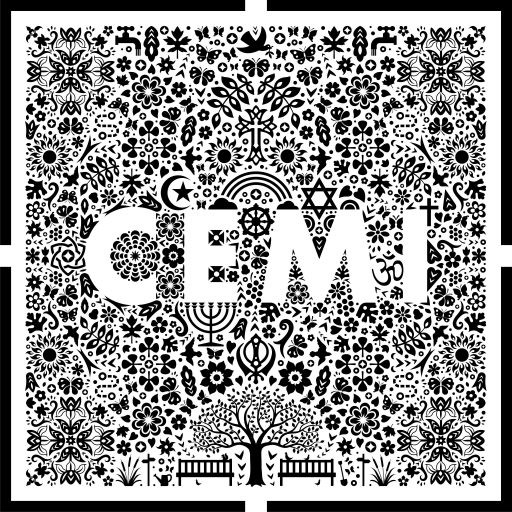As West European societies become more diverse, public spaces and services need to evolve to reflect diverse needs of citizens. One such example is funerary services, including public cemeteries and crematoria.

Three parallel funerals trends are particularly evident in West European funerals: firstly, a wider range of religious beliefs and practices; secondly, increased secularization; and thirdly, widespread adoption of cremation in many countries (in 2021, cremation accounted for 78% of all funerals in the UK).
While cremation is favoured by the majority of the population, including Hindus and Sikhs, burial is a requirement for other religious groups such as those of the Baha’i, Jewish and Muslim faiths, and is a strong preference for others, including most Orthodox and Roman Catholic Christians. Moreover, these faith groups typically seek perpetual grave rights – that is, assurance their graves won’t be disturbed.
Why are there different funeral rituals?
These different cemetery and crematorium needs and the importance of having particular rituals – or none – are outlined in this short animation ‘Why are there different funeral rituals?’.
These varied practices and needs raise a number of questions about how inclusive any given local authority, region or country’s cemetery–crematorium provision is.
And what can service-providers, landscape designers and planners do to meet evolving needs? Key issues include the inclusivity of cemeteries and crematoria spaces and services, and this includes everything from layout to symbols and the timing of funerals.
Find out more about these issues and examples of good practice in six European countries at https://cemi-hera.org.
Avril Maddrell is a Professor of Geography at the University of Reading.
